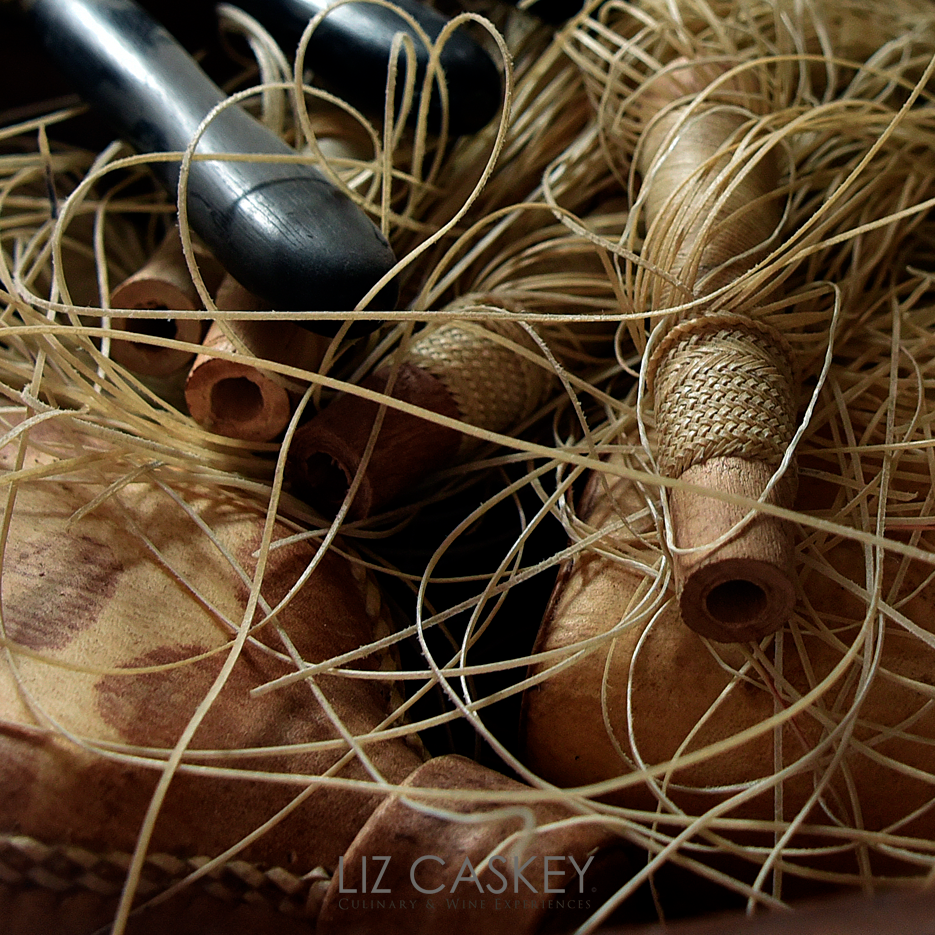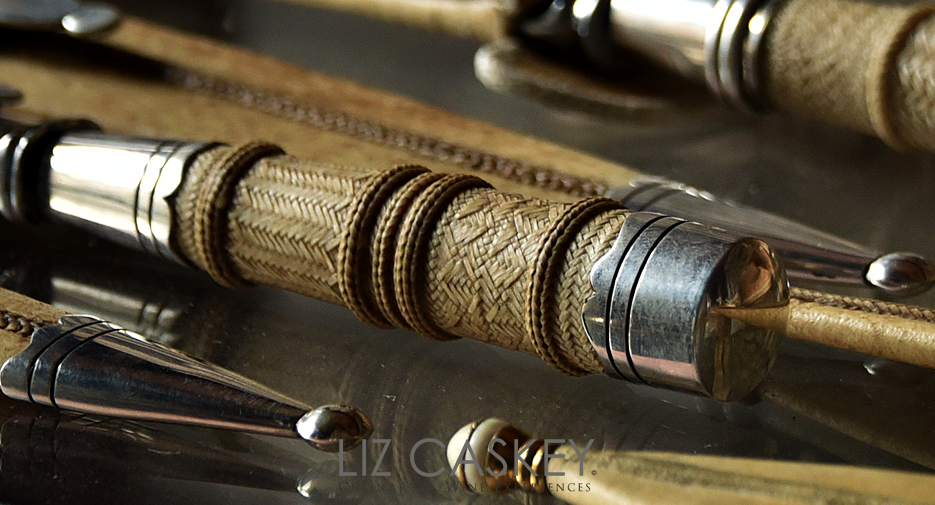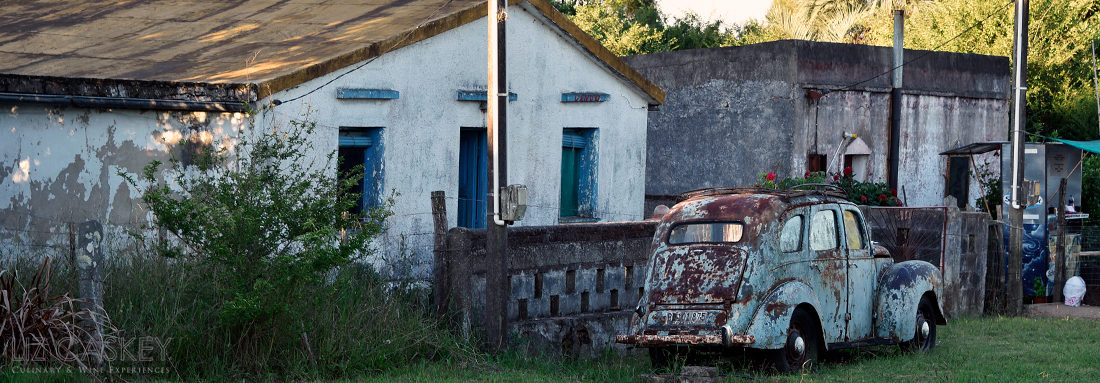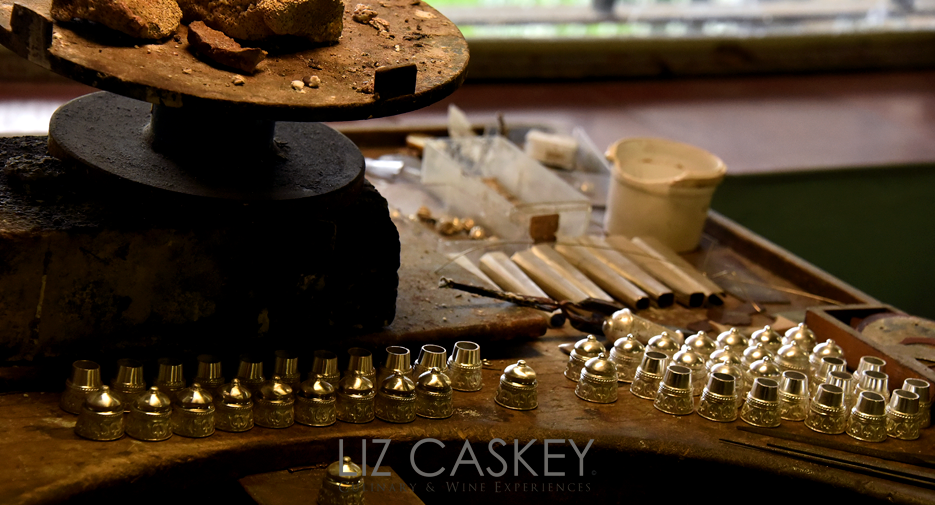
The word artisan is born from the Latin verb, artire, which defines an artisan as a worker, in a skilled trade, especially one that involves making things by hand.
The mention of an artisan immediately conjures up visions of a craftsman sitting quietly at a desk, working with an intensity of purpose. It calls to mind small ateliers, passionate artists, folks who work with their hands. Artisans can, literally, be in every field, and the list is endless: from chocolate to wine and cheese; cashmere, leather goods, silk scarves, watches, and pottery; glass, porcelain, and textiles…and on and on.
Artisans bring tradition, and perhaps a little romance, to what it means to create with our hands as humans. They take raw material and transform it skillfully. Their love for their subject drives them to study for years to hone their craft. Then, they apprentice dutifully to master the process. As they practice their process again and again, which is constantly changing because that’s the nature of working with organic materials and permuting them by hand, they continuously strive for balance, beauty, and perfection. Their work becomes an outward expression of their own heart and a contribution to the collective heritage of humanity.

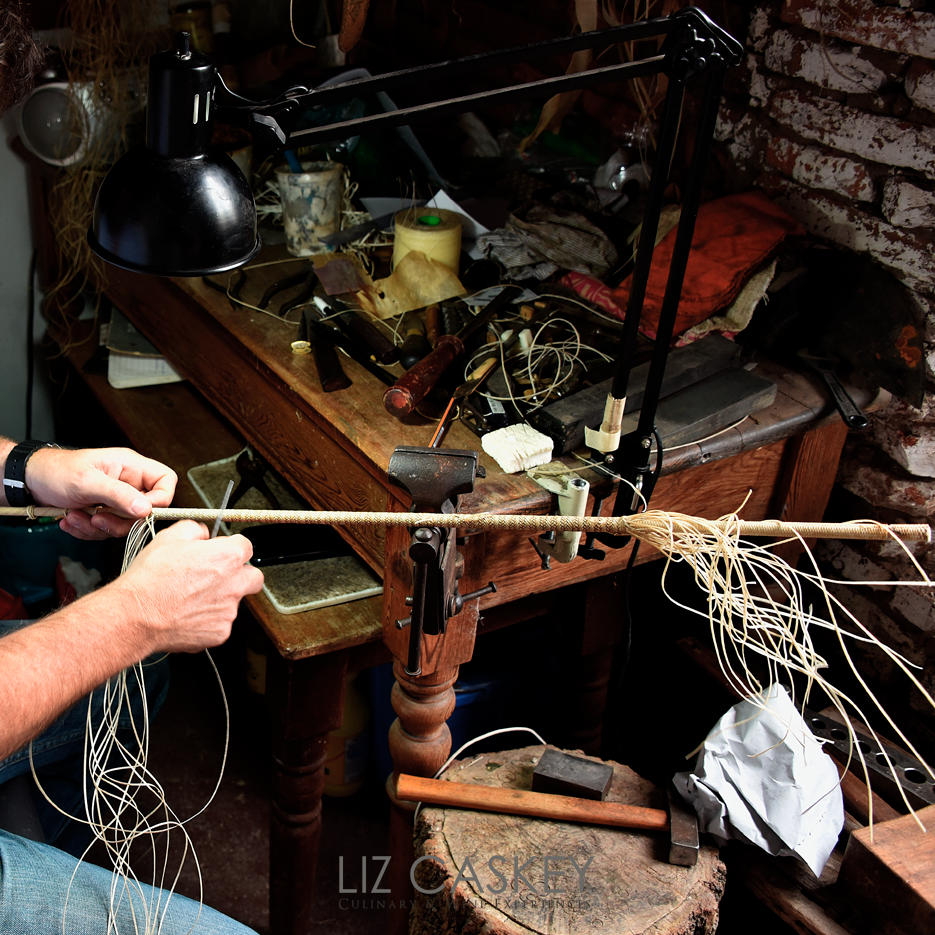
Within the camp of what being artisan means, Hermès (the French purveyor of luxury goods), is without a doubt, the most admired brand in the world because of their unwavering commitment to their artisanal roots and upholding those traditions.
Several years ago, I was fortunate enough to catch the Festival des Metiers (the Artisans’ Festival), in the US. It just happened that I was in Houston while they were there. I enlisted a friend, also a longtime admirer (and collector) of their silk scarves, and we set off with her husband in tow.
Housed in a large tent, Hermès had brought an artisan representing each of their different line of products. The artisans worked while answering questions and “sharing” a glimpse of what makes their products so special. Delicately hand-painted porcelain glasses; intricate watches; gorgeous bags and purses; their classic moccasins; and of course, the iconic silk scarves.
Particularly the area set up to show how they print their silk scarves drew a large crowd. A manager from Hermès explained the overall process to give some background. Hermès hires artists to hand-design each scarf pattern for every season as part of a collection. On average, a single Hermès scarf has 27 different colors. That design then needs to be translated to the process of screen printing the scarves. Their engravers break the artist’s design down into unique films (screens), one for each color contained within the design. It’s pretty incredible that around 45-47 different films are created for a single scarf design. The the engravers can spend hundreds of hours crafting these.
Parallel to this development, raw silk is being woven into the white “canvas” that will be used later to print the scarves. This weaving process dates back centuries and can take three months to complete. After, the artisans mix pigments together and boil them to create the perfect colors for the design to be screen printed. The colors are allowed to dry and are “fixed” into place with steam. Finally, the hand-sewn edges are placed. The entire process can take 18 months for a single scarf!
The demonstration at the Festival des Metiers started with the screen printing phase to really show how a white silk scarf is transformed into a work of art. The French craftsman didn’t speak English and kept his words to a minimum. He was wearing a white lab jacket and went about his work in a very focused fashion. First he tightened the silk fabric stretched tautly across a large surface. Then, he adjusted the screen to ensure it was lined up. Next, he carefully mixed the color pigments (which looked black to my eye but would show up as brilliant colors). Then, when ready, he distributed the paint across the screen in a graceful stroke. Voila! A layer of color magically appeared when he carefully removed the screen.
He did this in total silence, working intensely yet peacefully, for 45 screens. Watching him was totally mesmerizing. I was witnessing the creation of a masterpiece before my very eyes! One by one, each screen added a new layer of color and complexity to the pattern. The white scarf was slowly transformed into a wearable piece of art. I have no idea how much time elapsed. An hour? Maybe two? When he finished the final screen, and said “J’ai fini” (I am finished), the audience burst into a huge round of applause.
He finally smiled at us.
Someone in the audience asked the host to translate a question for the craftsman: “Why do you do what you do?”
He responded, “I love my work, I love to create this beauty, and I get deep pleasure from making it”.

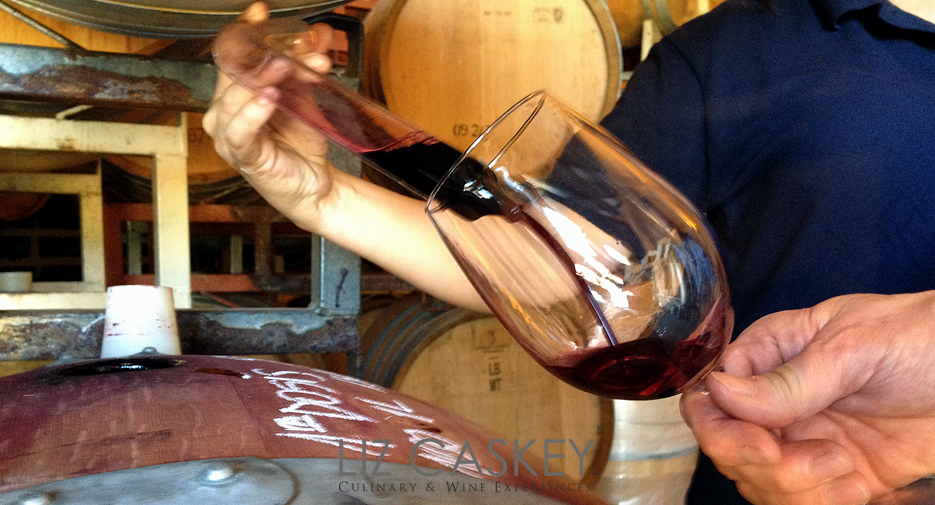

The point of this story is not to compare artisans around the world to Hermès. Rather, I share it because it was a defining moment in many ways. Mainly I started to think differently, and more deliberately, about how things are made.
To some degree, I had always had a natural curiosity about this with food, but it had not been fully appreciated nor applied to other “crafts”. Questions like, “Where does this come from? How is this made? Who made this? What tradition is behind it? Why did he do it this way? How do you arrive to this as the best solution?” began popping up around everything.
I was so astounded by how much detail, skill, dedication, and love could go into making a silk scarf. It was an intersection of artistry, precision, tradition, and wisdom into this beautiful, wearable accessory. And truly, someone had poured his heart into making it in the most authentic, giving way.
It was those values, and the metiers’ palatable passion, that really spurred me to be more curious about what having a craft means. Do I even have a craft? If I do, is it cooking? Is it writing? Could it be wine tasting? Maybe making cheese someday? Is it possible not to a craft? Travel doesn’t count (I guess). Or could I also take away from this experience that craft is this constant striving to engage in the creative process and practice something (whatever that is for you or me), always aim to get better, try again and again, but the only intention is enjoyment of that process?
Could we all practice being craftsmen (or craftswomen) in life?
